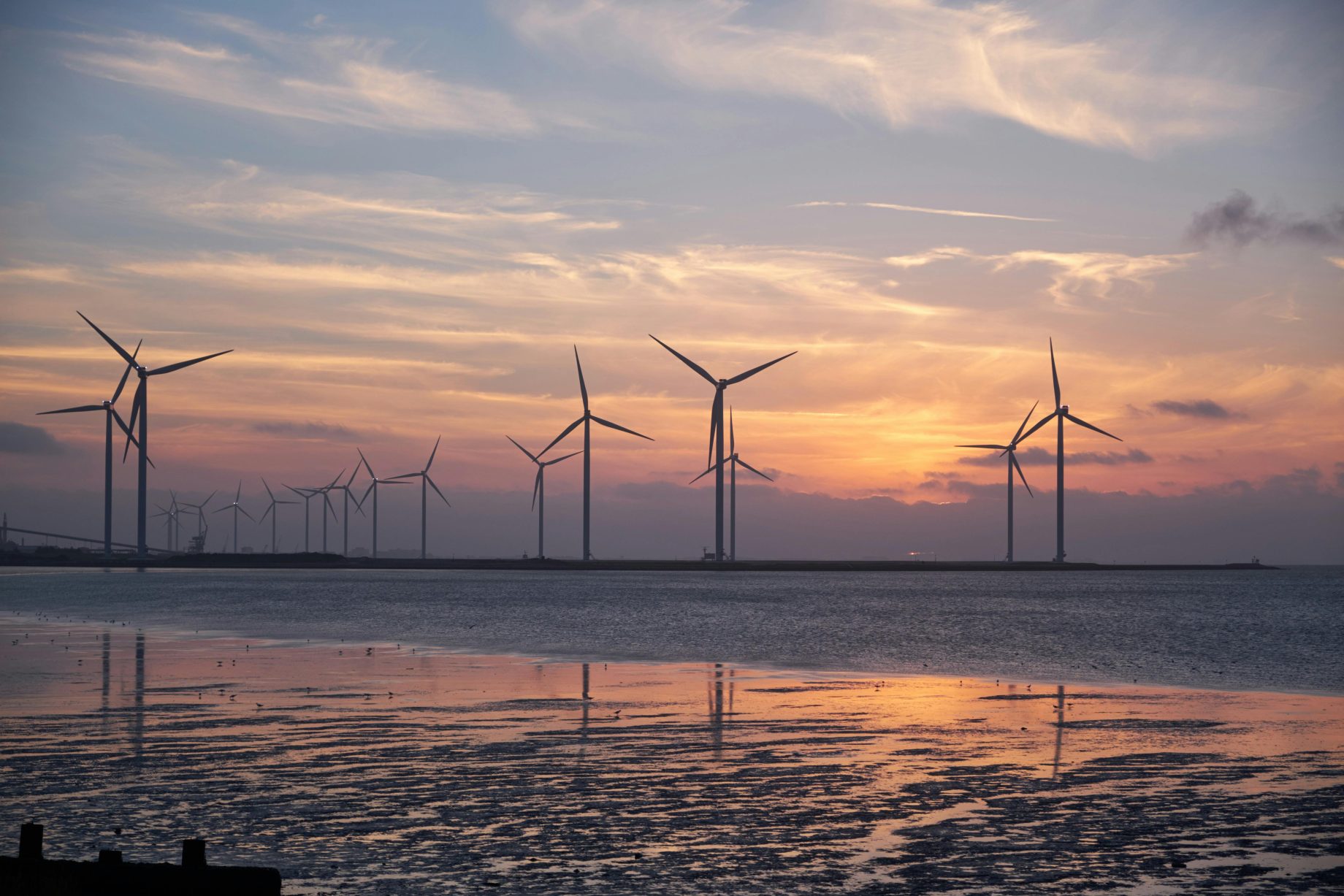The government of New Zealand plans legal changes to settle disputes over offshore wind and seabed mining, with the goal of giving investors certainty and restarting delayed projects.
Offshore Wind Set to Drive Economic Growth and Energy Security
“New Zealand has some of the world’s greatest offshore wind potential, offering a significant opportunity to generate economic growth while powering our homes and businesses,” said Energy Minister Simon Watts. “Offshore wind requires a significant upfront investment. That’s why we are establishing a clear regulatory regime through the Offshore Renewable Energy Bill … to give developers the certainty they need to invest and kickstart the sector.”
Regulatory Amendments Target Investor Certainty
Cabinet has agreed to amend the Bill and adjust the Crown Minerals Act to address industry concerns. Watts said, “The amendments will enable the government to use secondary legislation to designate specific marine space where permits could be invited for offshore renewable projects while there is a pause on granting new permits for seabed mining.”
Industry Pressure Spurs Policy Action
Progress in offshore energy has been slow. BlueFloat Energy, which had pursued local projects, withdrew after warning that the government needed to “choose between offshore wind and seabed mining.”
Major Investment Moves in South Taranaki
Meanwhile, Copenhagen Infrastructure Partners and the NZ Super Fund are advancing plans for a South Taranaki wind farm. The US$3 billion project would include up to 70 turbines, with an initial capacity of 1 GW scalable to 2 GW. Construction and commissioning could begin by 2030, with a build time of three to four years.
Marine Area Designation to Unlock Development
No marine areas have yet been designated, but South Taranaki is expected to be the first. The government says the amendments are a “pragmatic step” to support both sectors without affecting existing oil, gas, or mineral projects.

